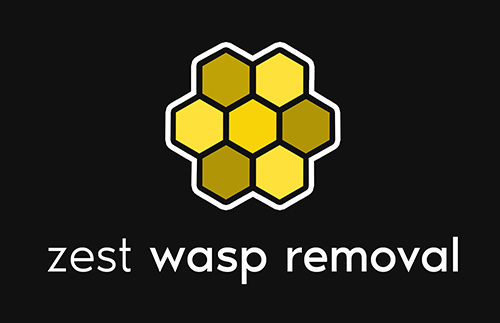Roof spaces are a very common place for wasps to build their nests.
Specifically, you’ll typically find wasps in the gutter line and roof tiles.
A telltale sign of a wasp nest is having wasps frequently fly into the loft, yet you can’t quite pinpoint where they came from.
Why Do Wasps Choose Lofts To Build Their Nests?
Wasps are attracted to loft space due to the warmth and shelter. In addition, it’s a good hiding place from predators as the wasps are well out of sight. A loft space also provides easy access to and from the outdoors.
How Do You Remove a Wasps Nest From Your Loft?
Removing a wasp nest from a loft area isn’t an easy task. This should generally be carried by a professional, as removing a nest yourself is hazardous. It’s still possible if the nest is small, but there are many things to consider such as leaving yourself enough room to get out of the way. Also, you’ll need to create an escape route for wasps that fly out.
A good solution would be to purchase an over-the-counter wasp spray and begin spraying the nest. However, if the task is beyond your comfort level, you can always leave it to a professional pest controller.
How Can I Prevent Wasps From Using Your Loft For A Nesting Site?
1) Seal Gaps Around The Loft
If you’ve successfully removed a nest or are worried that wasps could take up residence, there are several things you can do to protect your property. First, seal any gaps and cracks around the loft. Ensure that the surrounding area is clean and avoid dropping food, which can attract wasps.
2) Use A Wasp Trap
Another step to prevent wasps from entering your building is installing wasp traps. These devices contain a sweet scent to lure wasps in to trap them. You can purchase one in numerous hardware stores. Or you can create your own by cutting the top of a plastic bottle and turning it inwards, so the top is facing the bottom of the bottle. Place sugar and some water at the bottom, then tape the bottle to the side of your loft. Wasps will be attracted to the sugar and fly into the bottle, but they won’t be able to fly back out.
3) Make Your Own Wasp Repellent
To do this, fill a spray bottle with 50% vinegar and 50% water. Or use a blender to mix water and mint leaves, strain the liquid, and then pour it into a spray bottle.
If you’re uncomfortable about tacking the wasp’s nest yourself, you can rely on Zest Wasp Removal to help eradicate the problem. We have all the necessary gear to remove a nest without endangering you or others.

